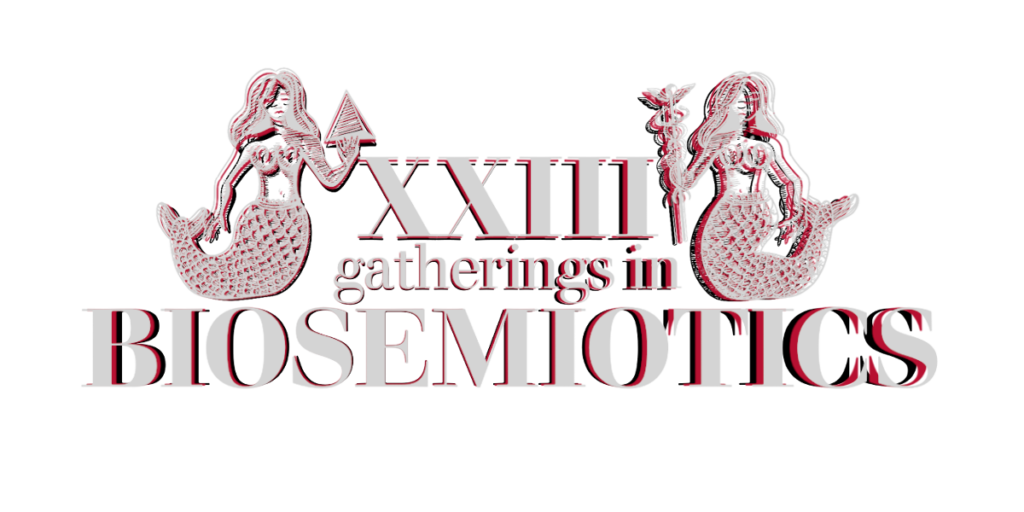Symbolic Concepts and Physicality
In this paper, I will address four aspects of physicality as they relate to symbolic concepts: science and symbolic concepts, entropy, self-organization, and biological energy.
I have suggested that certain concepts do not have exclusively physical referents. They refer to concepts that lack mass, energy, and observability, but nevertheless, they maintain one characteristic of physicality (ie, causal effects). Such symbolic concepts include democracy, agency, law, defense, absurdity, consciousness, happiness, rigidity, truth, grounding, reference, science, meaning, hate, physicality, mental concepts, mind, information.
SCIENCE AND SYMBOLIC CONCEPTS. It is interesting to note that in much of scientific discourse, the concept “abstract” is entirely acceptable, but the concept “nonphysical” is taboo. But often the very definitions of “abstract” indicate that such concepts lack physicality (eg, “Abstract thinking is the ability to understand concepts that are real, such as freedom or vulnerability, but are not directly tied to concrete physical objects and experiences” (Joy, R., 2019). Could it be the case that, within the context of a scientific endeavor, there is a tendency to assume that the concepts reference physical entities? In other words, do we assume that if we are doing science, we are examining the physical world? Have we implicitly modeled the world such that we expect all concepts to refer to material entities?
ENTROPY. Entropy is generally seen as a tendency for dissipation, decrease/loss of energy through work. Symbolic concepts might be seen as entropic phenomena (lexical/conceptual entropy) from several perspectives. Symbolic concepts get their meaning from other words with related meanings and are therefore difficult to define. They have multiple meanings and therefore their referents can be difficult to predict and thus interpret. As a result, they produce uncertainty. Their meanings can change over time, and they may be difficult if not impossible to translate into another language. Average entropy measures average information, and thus it is a measurement of uncertainty (Solms, 2021, p.157). As applied to the physicality issue addressed here, we might argue that the more definitions and synonyms that a particular concept carries, the greater the entropy, the uncertainty, and the predictability of the meaning of a concept in a particular context.
SELF ORGANIZATION. Could symbolic concepts be, in some way, self-organizing phenomena? Could the fact that they lack mass, energy, observability make them essentially open to several meanings by having iconic features that allow them to be considered similar or identical to other concepts. Their quasi-physicality makes them abstract and therefore, to a significant extent, liberates them from the strictly physical world.
BIOLOGICAL ENERGY. In a discussion of the biological phenomenon of arousal, Pfaff (2005) says “satisfying the need for an ‘energy source’ for behavior, arousal explains the initiation and persistence of motivated behavior in a wide variety of species… a concept like arousal is necessary to explain the initiation, strength, and persistence of behavioral responses.”
References
Joy, R. (2019) Abstract thinking. (p.1-2), HealthLine.
Pfaff, D. (2005), Brain Arousal and Information Theory. Cambridge, MA, Harvard University Press, cited in Solms, M. (2021), The Hidden Spring: A Journey to the Source of Consciousness (p. 306).)

